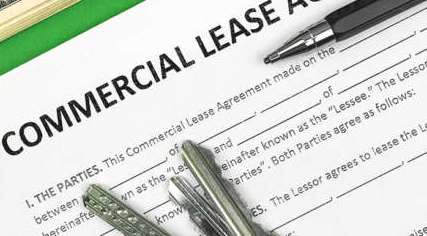Strategic Safeguards: Utilizing a Commercial Lease Agreement Template from a Landlord's Perspective
For landlords, securing a reliable tenant and safeguarding their investment in commercial properties are paramount concerns. A robust commercial lease agreement is an indispensable tool in achieving these objectives. By utilizing a carefully crafted commercial lease agreement template, landlords can protect their interests, outline tenant responsibilities, and mitigate potential risks.
1. Defining the Commercial Lease Agreement:
A commercial lease agreement is a legally binding contract that establishes the terms and conditions governing the rental of commercial real estate. It outlines the rights and obligations of both the landlord and the tenant, covering aspects such as rent payments, lease duration, maintenance responsibilities, and permissible uses of the property.
2. Customizing Terms to Suit Specific Needs:
A commercial lease agreement template provides a framework that landlords can customize to address their specific requirements and preferences. From rental rates and lease duration to maintenance provisions and permitted uses, landlords can tailor the agreement to align with the unique characteristics of their property and business goals.
3. Clarifying Tenant Responsibilities:
One of the primary functions of a commercial lease agreement is to clearly define the responsibilities and obligations of the tenant. This includes obligations related to property maintenance, repairs, insurance coverage, compliance with zoning regulations, and adherence to lease terms. By delineating these responsibilities upfront, landlords can hold tenants accountable and maintain the condition of their investment.
4. Setting Rent and Payment Terms:
The commercial lease agreement template establishes the rent amount, payment frequency, and other financial terms associated with the lease. Landlords can specify rent escalation clauses, security deposit requirements, late payment penalties, and other financial provisions to ensure consistent and timely rental income.
5. Addressing Property Use and Alterations:
Landlords can use the commercial lease agreement to outline permissible uses of the property and restrictions on alterations or modifications. By clearly defining the scope of permissible activities and limitations on alterations, landlords can protect the integrity of their property and minimize potential disputes with tenants.
6. Mitigating Risks and Liabilities:
A well-drafted commercial lease agreement template includes provisions aimed at mitigating risks and liabilities for landlords. This may include indemnification clauses, insurance requirements, dispute resolution mechanisms, and provisions addressing lease termination and eviction procedures.
Conclusion:
In the dynamic world of commercial real estate, landlords must take proactive measures to protect their investments and minimize risks. A meticulously crafted commercial lease agreement, tailored to address specific needs and concerns, serves as a critical tool in achieving these objectives. By leveraging a commercial lease agreement template, landlords can establish clear expectations, safeguard their interests, and foster a mutually beneficial relationship with tenants, ensuring the long-term viability of their investments. Explore legal documents online today!


No comments yet